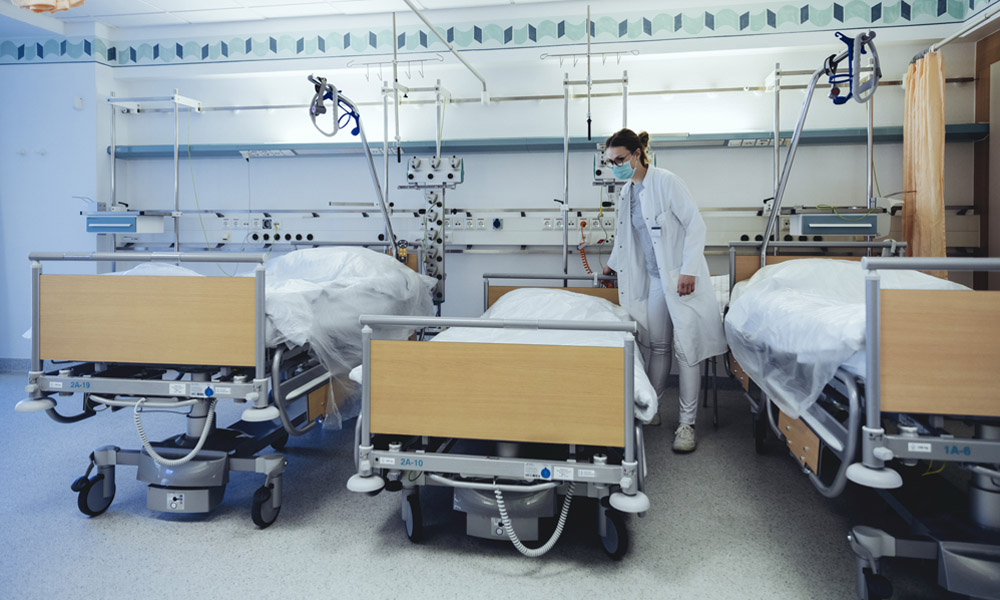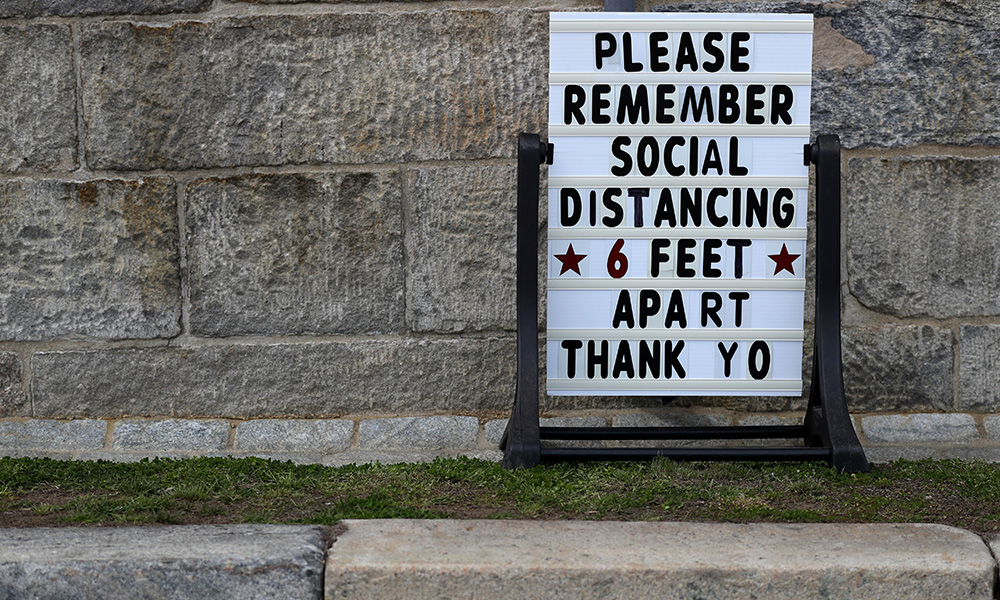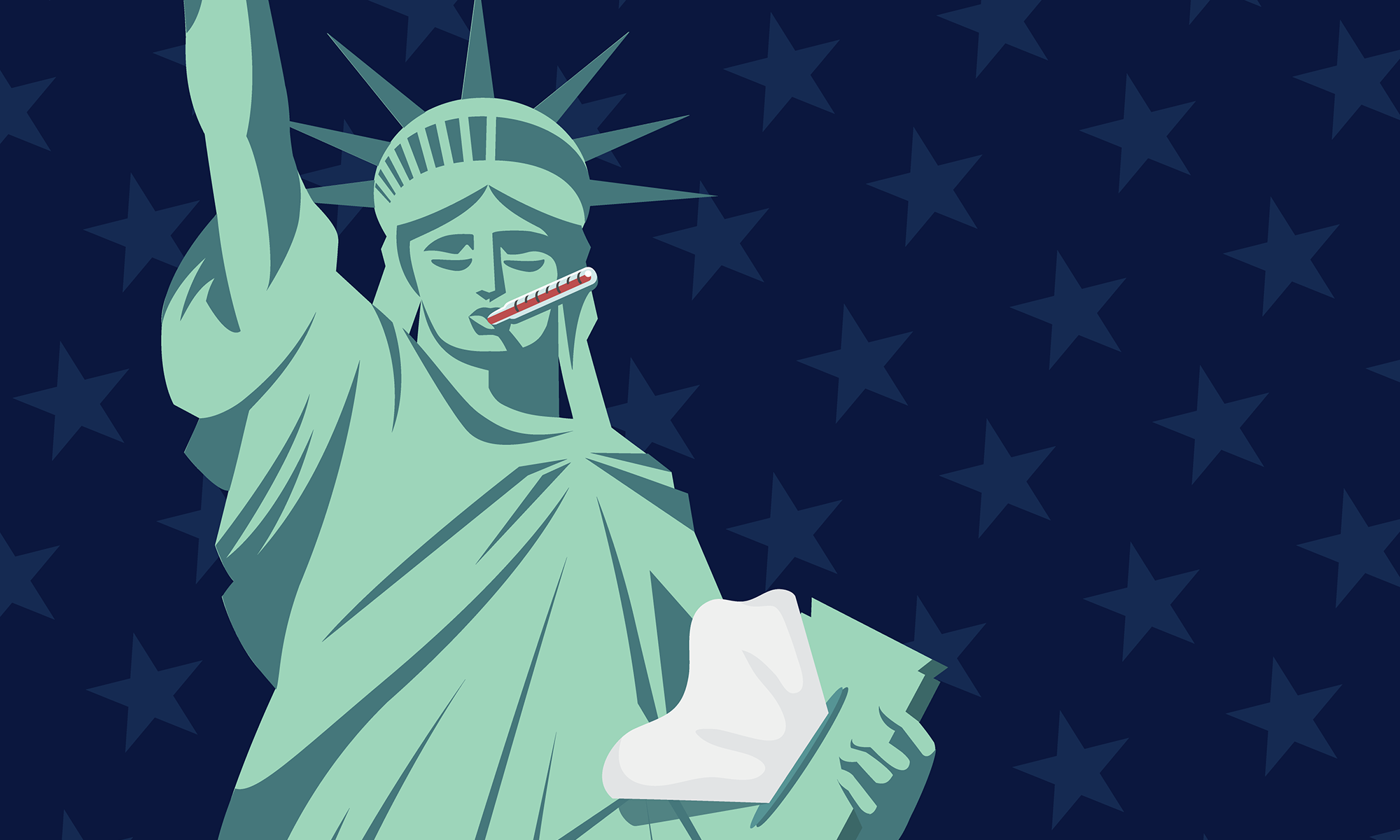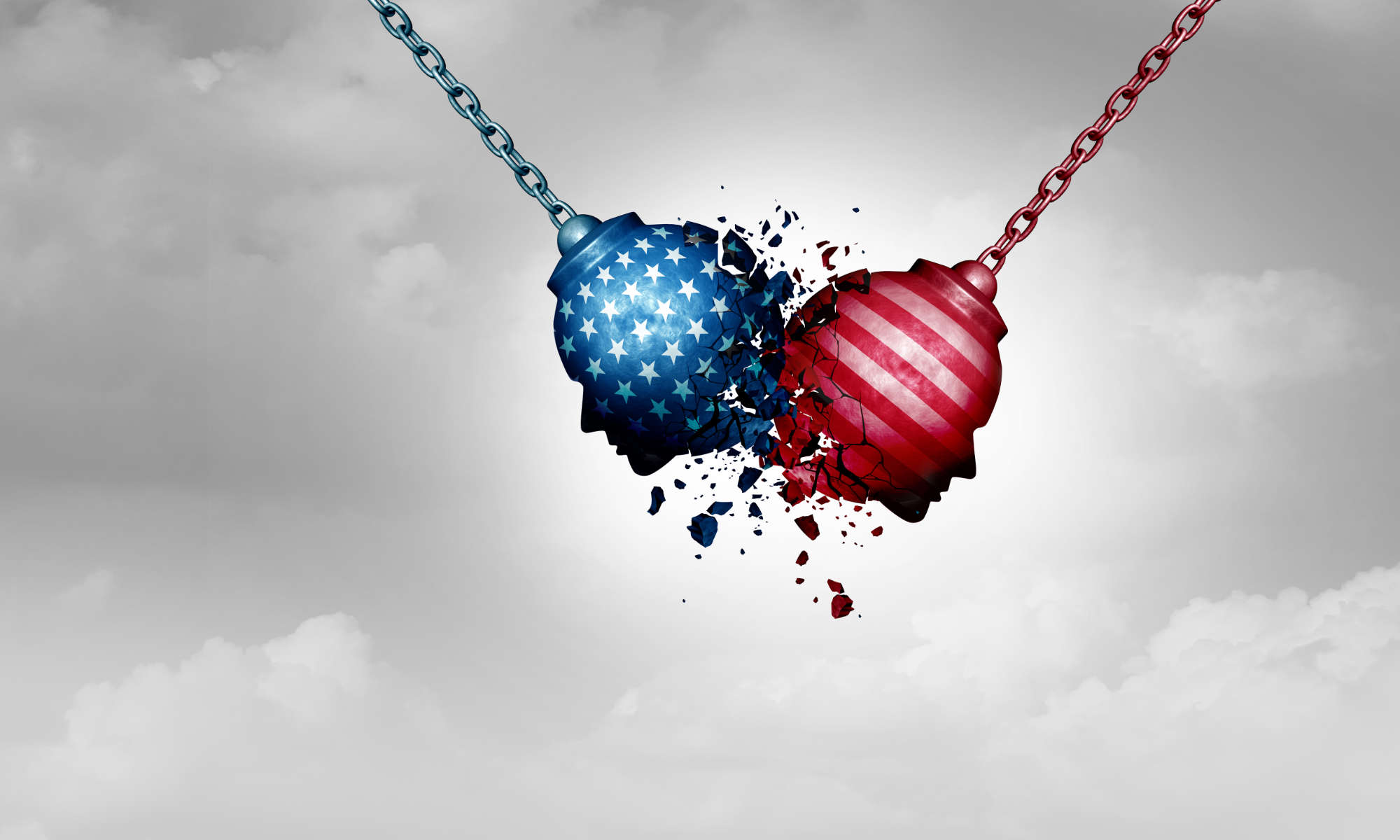
In mid-March, California issued the country’s first shelter-in-place directive, with other states following suit over the next month. During that period, a record 22 million Americans filed for initial unemployment insurance benefits, as the country’s labor market went into a freefall. So it’s reasonable for people to link the nationwide shutdown to the downturn in the economy.
But University of Rochester economics professor Lisa Kahn says there is much more to it.
“While the early stay-at-home states have slightly bigger spikes in unemployment claims and job vacancies, the dramatic spikes are everywhere, regardless of a state’s individual policies,” says Kahn, coauthor of the National Bureau of Economic Research working paper “Labor demand in the time of COVID-19: Evidence from vacancy postings and UI claims.”
And if a state’s lockdown policies were not the sole driver of the labor market collapse, people would be wrong to expect an easing of those policies would restore the economy to what it was at the beginning of the year.
Says Kahn, who specializes in labor economics, “That will take people being less worried about the virus and more willing to spend money.”
Kahn—along with fellow economists Fabian Lange of McGill University and David Wiczer of Stony Brook University—considered two factors: initial unemployment insurance claims and job vacancies. While the unemployment insurance claims indicate the number of people who have lost jobs, the job vacancy data reflect the outlook of employers—and that outlook has been dismal. At the same time that insurance claims shot up, postings for job vacancies declined by 30 percent of the level that existed at the beginning of the year.
At first, Kahn was surprised to see those numbers, whether or not a state was under stay-at-home restrictions. “But once we thought about it, we realized what was happening,” says Kahn. “Even before we had these stay-at-home policies, people were being urged to avoid restaurants and large-group gatherings in order to avoid getting or spreading the disease. On top of that, people were nervous about whether they would be able to keep their jobs in the impending crisis. All those factors—not solely the orders keeping people at home—combined to generate the collapse in economic activity.”
Moreover, the collapse occurred in all industries, though it was less pronounced in sectors considered essential, which includes health care, grocery, and protective services such as police and firefighting.
The downturn also took place regardless of work conditions. While it’s true that people who can work from home are somewhat less likely to lose their jobs, employers are scaling back on those job vacancies, as well. As Kahn explains, there’s a reduced demand for goods and services, no matter how they’re provided.
“Think about people doing business online,” says Kahn. “Consumers are worried about the economy and being laid off themselves, so they’re going to be less likely to purchase those products and services.”
Kahn explains that consumer confidence will be a major factor in restoring the economy. Even if the number of COVID-19 cases drops significantly throughout the country, people may be worried about what will happen in the fall when flu season ramps up. Those worries can affect an employer’s willingness to bring back workers, as well as the willingness of consumers to spend money.
Given that “employers are contracting across almost all sectors and occupations,” says Kahn, “lifting state orders will not be a magic fix.”
Read more
 Rochester economist: Without stronger leadership, ‘disaster’ lies ahead
Rochester economist: Without stronger leadership, ‘disaster’ lies aheadIn the absence of mass testing, tracing, and quarantining for COVID-19, “We are going to have an extraordinary economic downturn,” says economist Narayana Kocherlakota.
 COVID-19 demands a reckoning with hospitals’ fee-for-service business model
COVID-19 demands a reckoning with hospitals’ fee-for-service business modelA health care system that prioritizes volume over routine care is “structurally incapable” of responding to the challenges presented by COVID-19, writes Mical Raz in a Washington Post op-ed.
 Social distancing has stabilized, but failed to reverse, the spread of COVID-19
Social distancing has stabilized, but failed to reverse, the spread of COVID-19According to a study by data scientists, social distancing measures like closing schools and restaurants sharply decreased the doubling rate of confirmed cases, but COVID-19 is still spreading.




